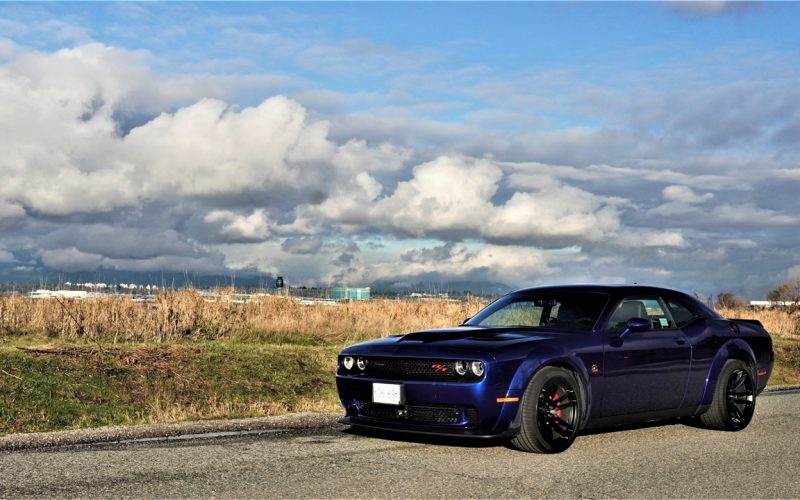
Reading Time: 12 minutesIs there a meaner looking sports car available anywhere? OK, an argument can be made for
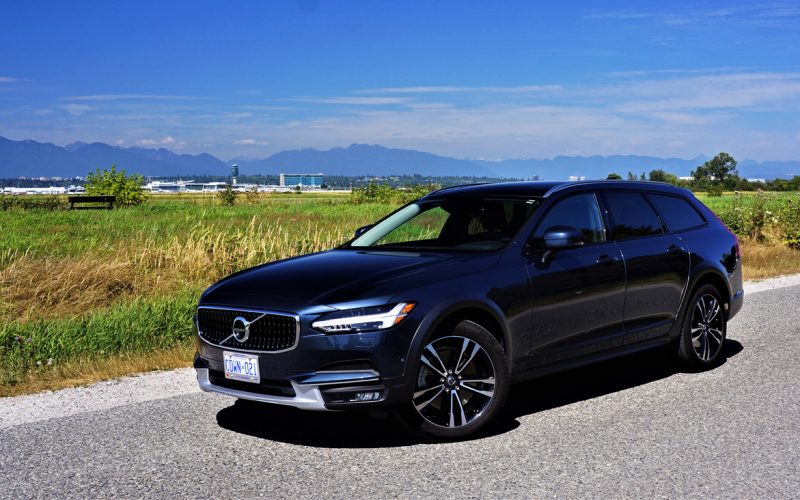
Reading Time: 13 minutesBack in early 2017, Volvo asked us to “rediscover [our] passion in life” in a then
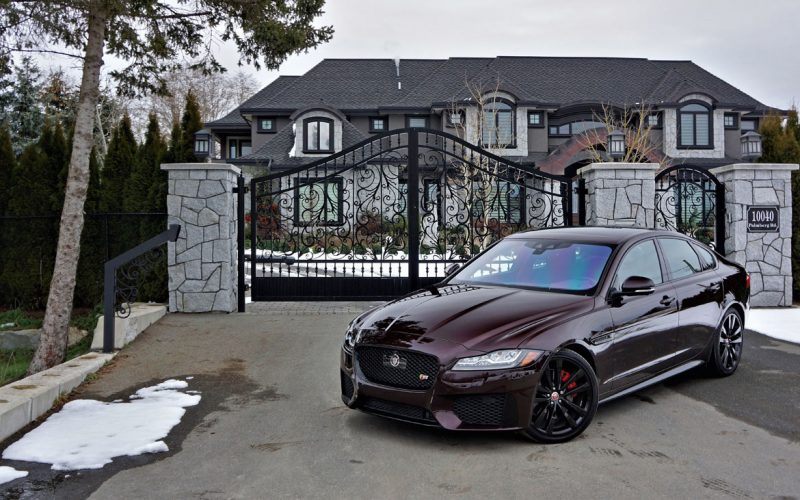
Reading Time: 13 minutes“And now for something completely different.” Yes, it seems fitting to quote one great British icon
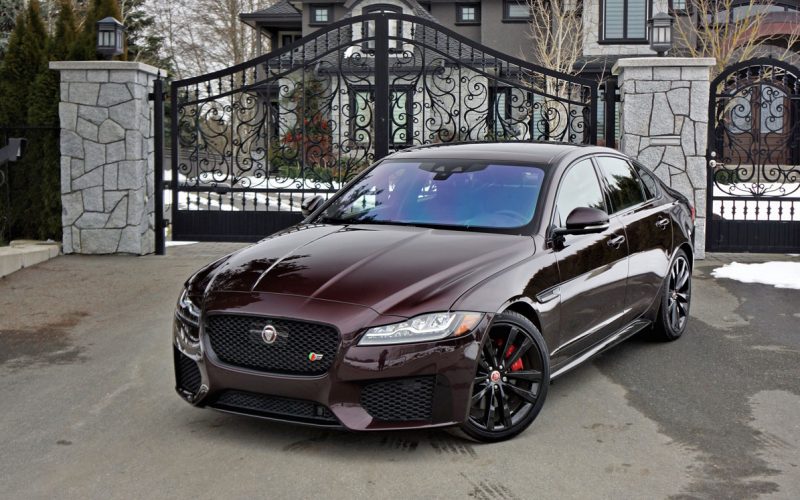
Reading Time: 10 minutesWe’ve got the lovely Jaguar XF in our garage this week, and despite its elegantly classic
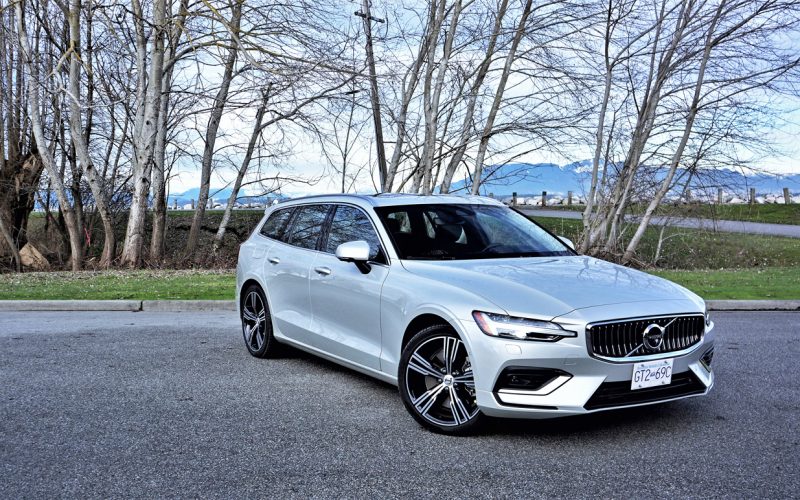
Reading Time: 11 minutesIf you think the auto industry has given up on cars and is only relying on
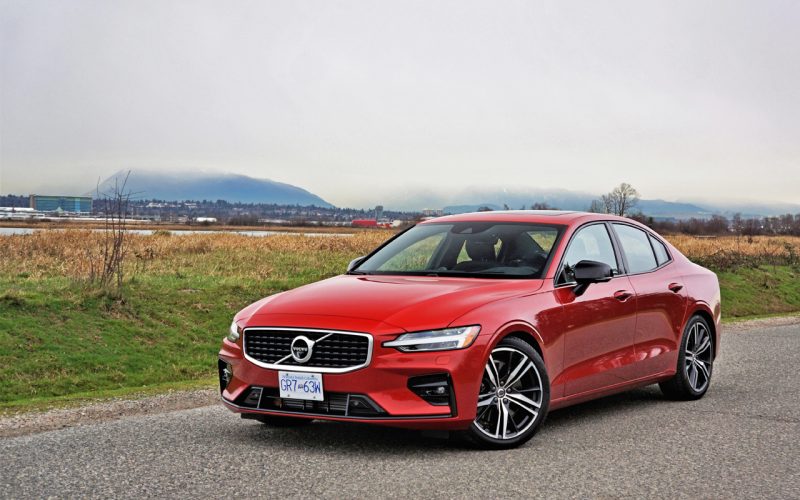
Reading Time: 10 minutesIn our garage this week is the all-new 2019 Volvo S60 in its sportiest R-Design trim.
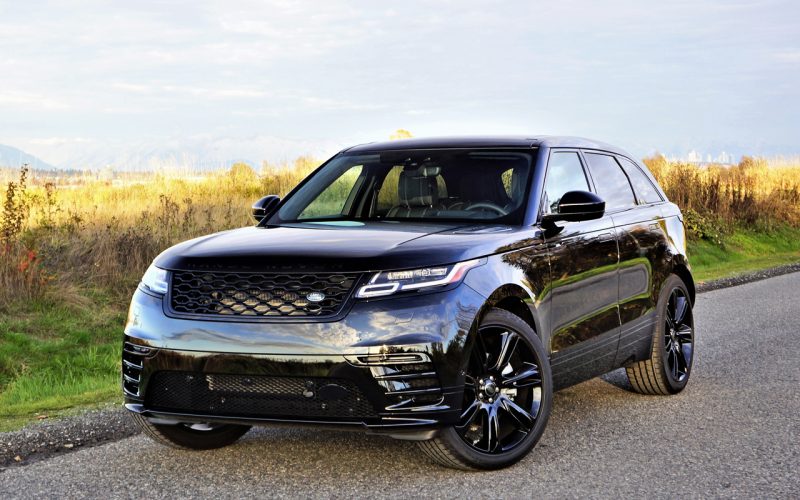
Reading Time: 12 minutesBritain’s Jaguar Land Rover (JLR) group is on an unprecedented growth curve, mostly due to an
© 2025 The Car Magazine. All Rights Reserved, Privacy Policy | Terms of Use